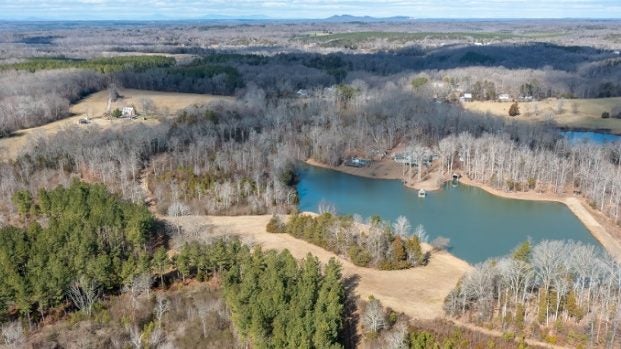HIT Park in Prince Edward gets funding for infrastructure
Published 12:44 am Monday, September 18, 2023
|
Getting your Trinity Audio player ready...
|
Funding is on the way for the Heartland Innovative Technology (HIT) Park project in Prince Edward County. The county’s partner in the projet, Mid-Atlantic Broadband Communities Corporation, announced they received a $16.4 million grant from the National Telecommunications and Information Administration, along with a $5 million grant from GO Virginia, to “expand critical middle-mile fiber infrastructure in rural Virginia”. That includes enhancing infrastructure at the HIT Park.
County officials believe this infrastructure enhancement will make the HIT Park more attractive to data center prospects. Middle-mile fiber infrastructure is essential for the development of a data center at the HIT Park. The “middle-mile” term refers to the network infrastructure of high-capacity fiber optic cables that connect internet service providers (ISPs) to larger data centers and internet exchange points, facilitating efficient and fast data transfer between different regions and ISPs. It acts as the backbone of the internet, enabling ISPs to offer reliable and high-speed internet connections to their customers.
“This project greatly enhances the viability of the HIT Park as a data center site and confirms the foresight of the Board investing in this property for the future of the County and its citizens,” Prince Edward Administrator Doug Stanley said.
Rhett Weiss, CEO of DEALTEK, Ltd., was recently hired as Prince Edward County’s consultant for the HIT Park project. He provided three ways that the expansion of middle-mile fiber can positively impact the HIT Park project.
“For at least three reasons, the expansion of the middle-mile fiber network resulting from these two grants is quite important to the appeal and viability of the HIT Park for data centers or similar high technology operations,” Weiss said.
Breaking down HIT Park benefits
• First, data center owners and operators now typically require at least three, four, or more diverse fiber paths, Weiss said. Fiber path diversity refers to having access to fiber installations that travel in different directions between a data center and different key locations on the Internet’s fiber backbone. This necessary redundancy in connections reduces the risk of data transmission outages or interruptions if one path or another is damaged.
• Second, Weiss said, the additional middle-mile fiber in HIT Park’s vicinity will enhance its data processing capacity. In other words, more fiber enables more robust data centers that can scale as user demands and emerging technologies, like artificial intelligence, scale. Those demands basically require more and higher-capacity broadband “pipes” (the fiber paths) in which the data flows to and from a data center.
• Third, the new fiber should improve – i.e., reduce – data latency, as data travels to and from a HIT Park data center. This refers to the time, typically measured in milliseconds, which a data transmission takes to travel between a HIT Park data center and another location (such as another data center, a company’s facility, or a person’s smartphone or laptop, among many examples).
“Altogether, the new middle-mile fiber significantly will enhance and reinforce HIT Park’s fiber connections with critical Internet hubs like Ashburn (through which most of the world’s Internet traffic travels), Virginia Beach (where the transatlantic subsea fiber cable landings are located), and others,” Weiss said.
Prince Edward County Industrial Development Authority (IDA) Chairman, Brad Watson echoed his comments.
“When we first identified the HIT Park as a potential data center site, its access to critical infrastructure, including diverse fiber routes, was unique to the property,” Watson said. “MBC extending the middle-mile fiber to the site significantly increases the connectivity to the world’s largest data center market in Northern Virginia, and further enhances the viability and marketability of the site to prospective data center users.”






